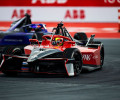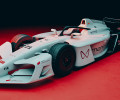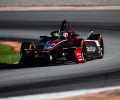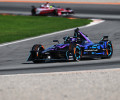Formula E - Günther sees off all challengers as GEN3 laptimes tumble on final day in Valencia
More than 5,000 laps put on the board as drivers and teams wrap up on-track preparations for the ABB FIA Formula E World Championship’s new era in Spain

After setting the pace throughout the opening two days of the ABB FIA Formula E World Championship pre-season test, Maximilian Günther found himself toppled on Friday morning – but a new lap record in the final half hour of the day vaulted the Maserati MSG Racing ace back to the top of the timesheets as the field tallied a combined total of 5,128 laps in the series’ ground-breaking Gen3 machinery.
It was double champion Jean-Éric Vergne who first dipped beneath Günther’s Wednesday benchmark in Valencia, going two tenths-of-a-second quicker than the German behind the wheel of his DS Penske single-seater, but the Maserati man was not to be denied.
In the closing stages of the test – the aim of which was to help competitors prepare as comprehensively as possible for Season Nine and the introduction of Gen3, Formula E’s fastest, lightest and most powerful contender to-date – and in front of an appreciative trackside crowd, Günther delivered his response.
Despite outright speed not being the main priority of the week – with many drivers and teams preferring not to show their full hand – the 25-year-old’s 1m25.127s charge around the Circuit Ricardo Tormo was almost two-thirds-of-a-second quicker than the best Gen2 testing time at the track.
That earned Günther pre-season bragging rights for the third time in his Formula E career, as Maserati – returning to top-tier international single-seater racing following more than six decades away – enjoyed the perfect start to its assault on the pioneering all-electric series.
Defending title-holder Stoffel Vandoorne was a factor throughout for DS Penske, the Belgian swiftly getting to grips with his new surroundings as he circulated barely a tenth-of-a-second adrift of Günther’s finest effort – pipping team-mate Vergne by a scant 0.012s.
Neom McLaren rookie Jake Hughes was one of the most impressive performers of the test, featuring confidently and maturely amongst the front-runners in almost every session. The young British driver ultimately placed fourth, a fraction ahead of countrymen Oliver Rowland (Mahindra Racing) and Sam Bird (Jaguar TCS Racing), the latter saving his best until last as he progressively climbed the order.
As he gears up towards his full-time Formula E comeback after missing the majority of the 2021/22 campaign, Norman Nato led the way for Nissan in Thursday afternoon’s additional hour of running.
The Frenchman wound up seventh-fastest overall, marginally in front of fellow series returnee René Rast in the second Neom McLaren entry, with ABT Cupra’s Robin Frijns and Edoardo Mortara (Maserati MSG Racing) completing the top ten – all of them underneath the Swiss star’s existing Gen2 record around the Spanish circuit.
When the final chequered flag fell, less than a second blanketed the leading 18 drivers in the overall classification, and while there were inevitably issues and incidents for some – with Jake Dennis (Avalanche Andretti), Jaguar’s Mitch Evans and Envision Racing duo Nick Cassidy and Sébastien Buemi all losing track time due to various reasons over the final two days – the scene certainly looks set for another compelling and thrillingly unpredictable campaign of electrifying competition.
The action will get underway at Mexico City’s famous Autódromo Hermanos Rodríguez on 14 January – the first of 16 rounds to determine the destiny of the 2022/23 Formula E crown.
António Félix da Costa, TAG Heuer Porsche Formula E Team:

"It's been a fun process to get to know the new car. It’s a massive step forward in terms of power and it’s lighter and those two things you always look forward to as a driver – more power and less weight. There’s a front powertrain too now and it’s going to be a highly efficient car – 40% of the total energy used in a race will be from regen. It’s a big step in technology and it’s fun. It’s early days and we’re just getting to grips with the cars, slowly. We’ve a lot of things still to develop and learn with just a month before we go racing in Mexico but that’s all part of the process – it’s enjoyable. They have a lot more power than before and at the moment, in certain conditions, it’s quite hard to use it which is a good thing for the people watching. There will be more mistakes from the drivers and it will be harder to dominate in this car right now – I think it will produce very good racing.”
Edoardo Mortara, Maserati MSG Racing:
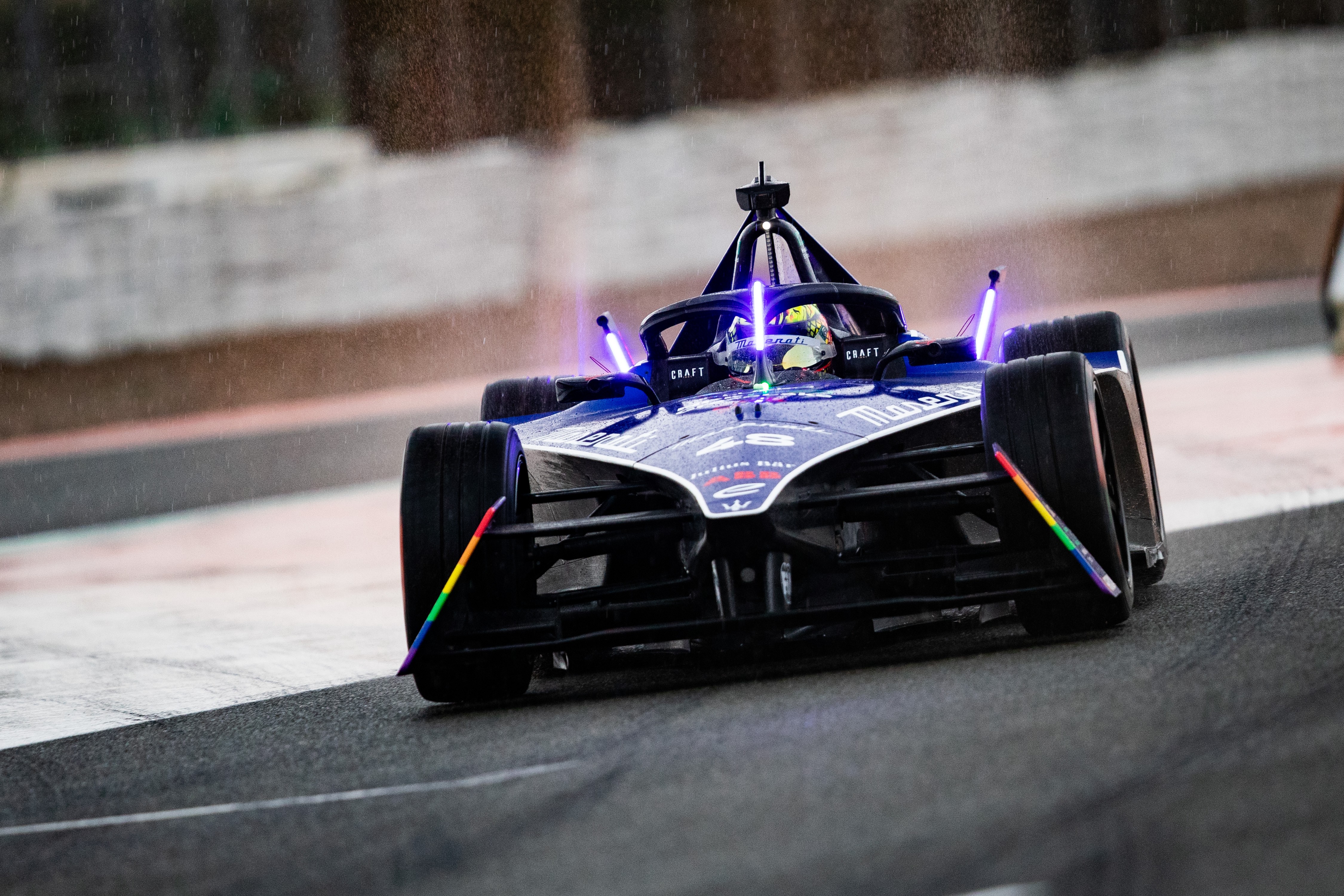
"We can expect a bigger difference but that will come with us exploiting the car better – you will see bigger differences on targets in the race and on target laps because the car is effectively a lot more efficient. There’s a lot to discover. We were at the maximum with the Gen2 car last year with software that was exploiting the entire performance available after years of working with those cars and powertrains. We’ve got a lot to learn and there’s a lot more to come."
René Rast, NEOM McLaren Formula E Team:
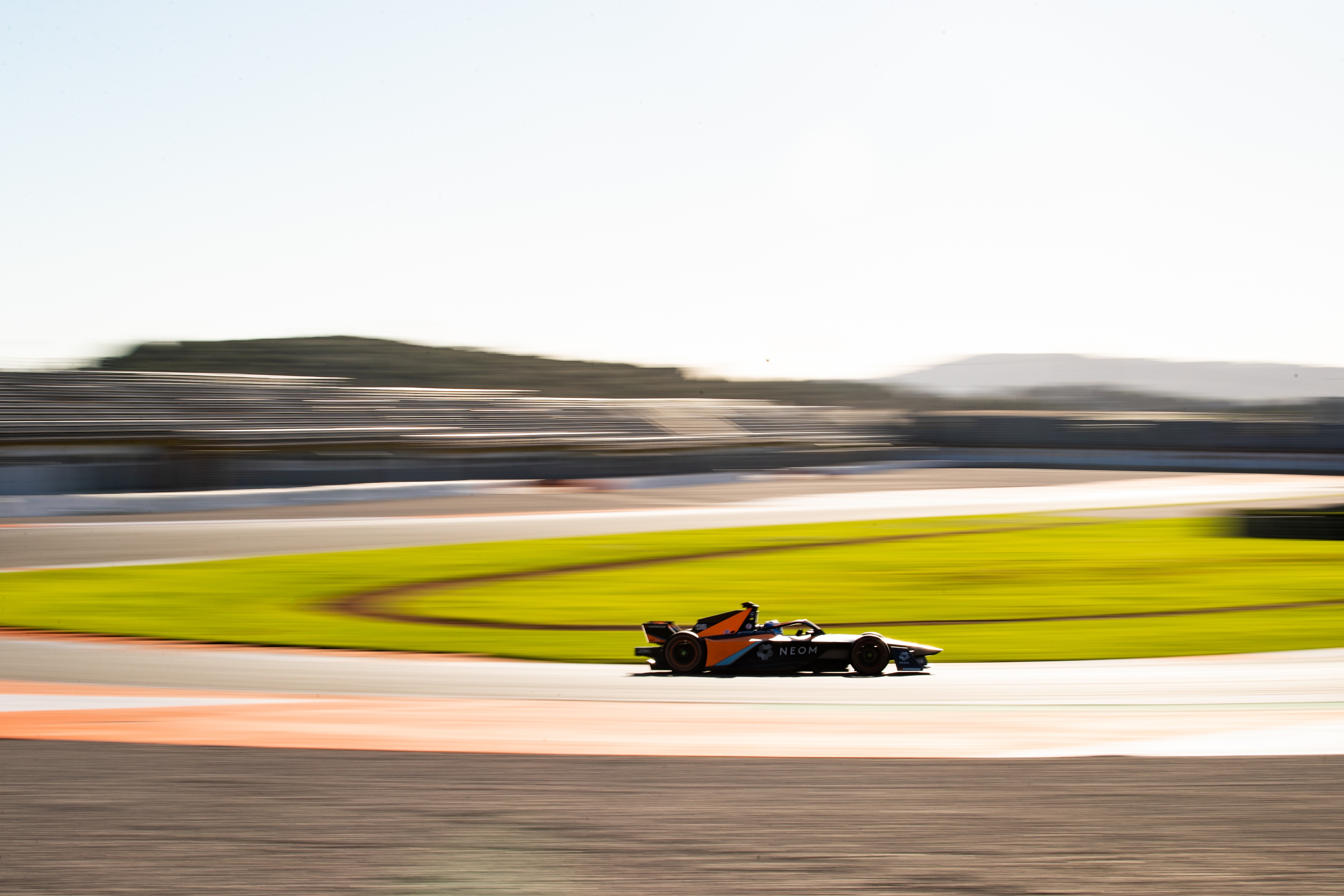
"Nobody has explored the limits yet and there’s a lot of lap time to come during the season. After a year or two, we will be a lot quicker. The Gen3 obviously has lots more power, it’s lighter and more nimble through the corners. The car itself was very quick especially on a 350kW full-power lap."
Maximilian Guenther, Maserati MSG Racing:

"The Gen3 offers different challenges with regen on the front axle now and 600kW total front and rear. The braking feel is different and even more variables can be controlled on the software side together with your engineers – the possibilities of this is pretty exciting. The car will be fast on the streets because you have a lot more power - 100 kilowatts more, up from 250kW in Gen2 - and we've got different tyres with different characteristics to the previous ones. All in all it’s a great challenge and the car looks very aggressive. I’m enjoying my experience in it so far.”
Oliver Rowland, MAHINDRA RACING:
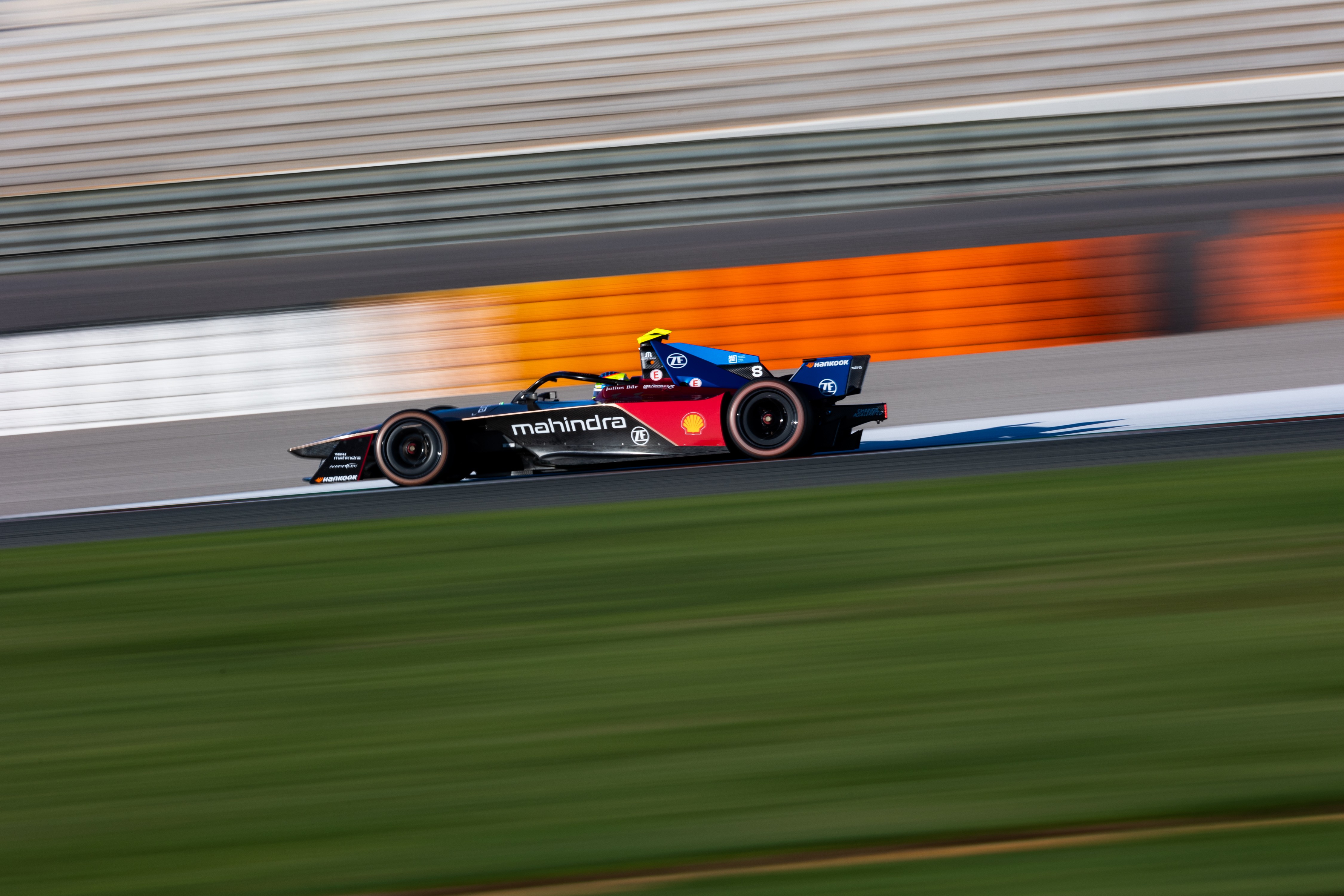
“You’ve got two pedals and a steering wheel but a lot of change. On the technical side there’s the front powertrain that can regenerate energy with no brakes on the rear anymore but obviously way more capacity to regen. The cars are much lighter too and there’s a lot for us as drivers to adapt to. It’s pretty much all-new. So, right now, we’re not 100% sure how to extract the finer details of it and it’s going to be exciting to see how all the other teams and drivers catch up with each other throughout the season.”

 Facebook
Facebook Twitter
Twitter
